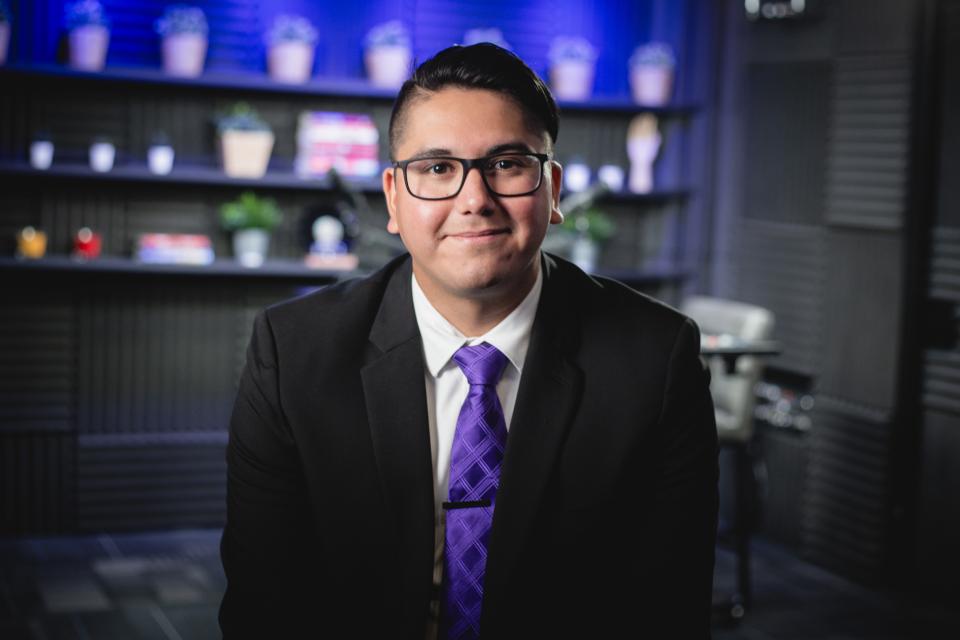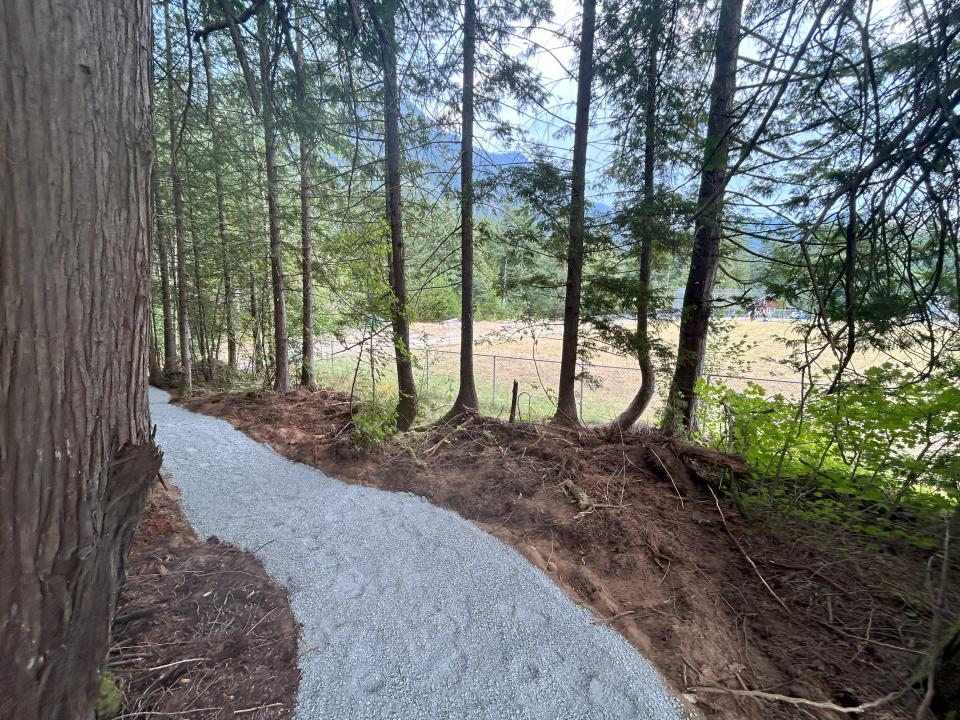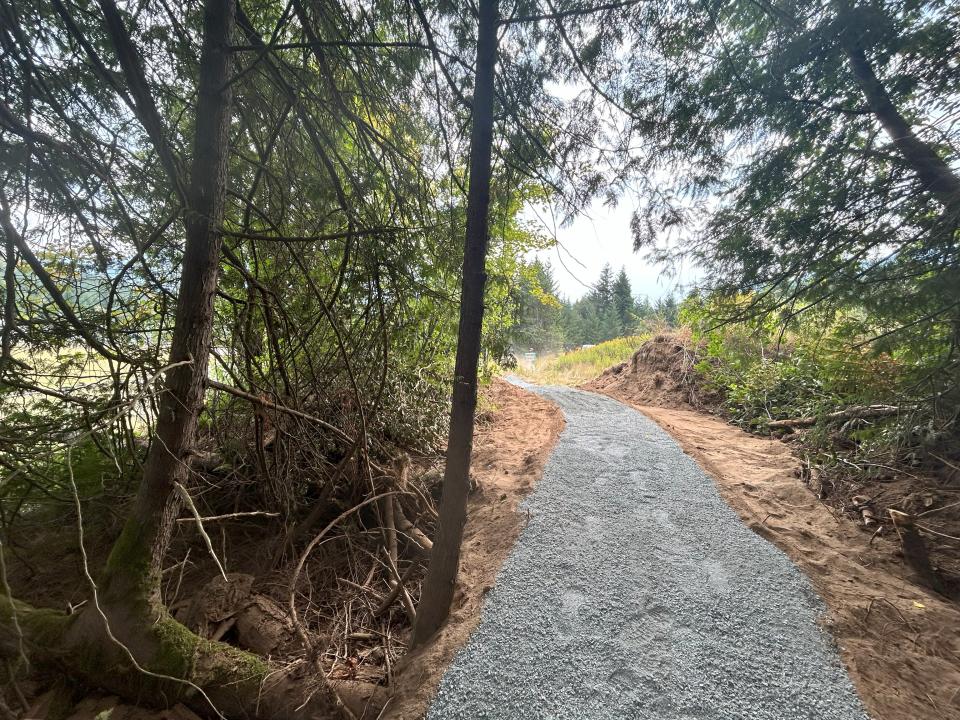For the Chawathil First Nation, their Active Transportation Plan is a crucial opportunity to address the long-standing issue of safety in the community, and to return to traditional ways of moving. Aaron Pete, a dedicated Councillor for the Chawathil First Nation, tells the story.
Over 100 years ago, members of the Chawathil First Nation were displaced from their ancestral home, Tecals, a vibrant settlement along the river in Hope. They were moved to a new area, now called Chawathil, which lies near two major highways—Lougheed Highway and Highway 1. These highways are barriers that divide the community and make basic transportation a dangerous journey. Tragically, many community members have lost their lives while attempting to walk along these major roads to access basic services and amenities located in the central district of Hope, BC.
In November 2023, the federal government announced a chance to apply for $50,000 in funding to develop an Active Transportation Plan. The community partnered with Urban Systems to develop their plan and to make it a reality. To ensure the plan accurately reflected the needs and concerns of those who would be directly affected, the community hosted open houses and surveys. The need was clear: the community was united in its desire for safer transportation routes that would connect them to vital services like grocery stores, schools, daycare centers, and work. The plan was reviewed and supported by the Lands Advisory Committee, Chief and Council, and the Lands Department. This collaborative effort ensured that the final plan was supported by the entire community.
The plan is not without challenges. Aaron notes the hesitance and skepticism from investors and decision-makers outside the Nation to invest in these projects due to its remote location and the smaller population in comparison to urban communities. This underlines the prevalent problem of underinvestment in rural communities that often places them in lower priority. For the Chawathil First Nation, this is not a matter of leisure, but a matter of life and safety. This plan is beyond infrastructure—it is the needed commitment to the community’s well being and connection to culture.
The Chawathil First Nation set the plan in motion with a new $20,000 trail at Schkam, one of the three main Chawathil First Nations reserves. Aaron notes it has been “a proof of concept for everybody that we're not just about making nice plans and putting them on shelves. We're about actually implementing this” and that to get from planning to action, “community needs to inform everything”. In September 2024, the Chawathil First Nation also received funding from Infrastructure Canada for 1.1 million to create the Hope and Health Pathway. This will be a multi-use pathway in Schkam, a reserve where currently, the road is just for vehicles with no walkway for children and other pedestrians. Now, it is in the final design stage. Most recently, they completed a $7 million application to build a trail and bridge along the Enbridge pipeline that will allow community members to travel from their homes on Indian Reserve 4 to the band office without having to go through major highways.
“To anybody learning about active transportation, I will remind them that this is how people commuted all throughout First Nations history. We have records that people would walk from Alaska down to California as far east as Alberta, and travel these routes on foot, telling stories about the landscape in Halq’emeylem and commuting through oolichan trails and all sorts of traditional ways of moving through the region. And that was all lost as a consequence of building highways, and roads, and pathways, and we're just trying to return ourselves to those positions of being able to walk, cycle, and commute in a way that’s less harmful.”, tells Aaron Pete.




